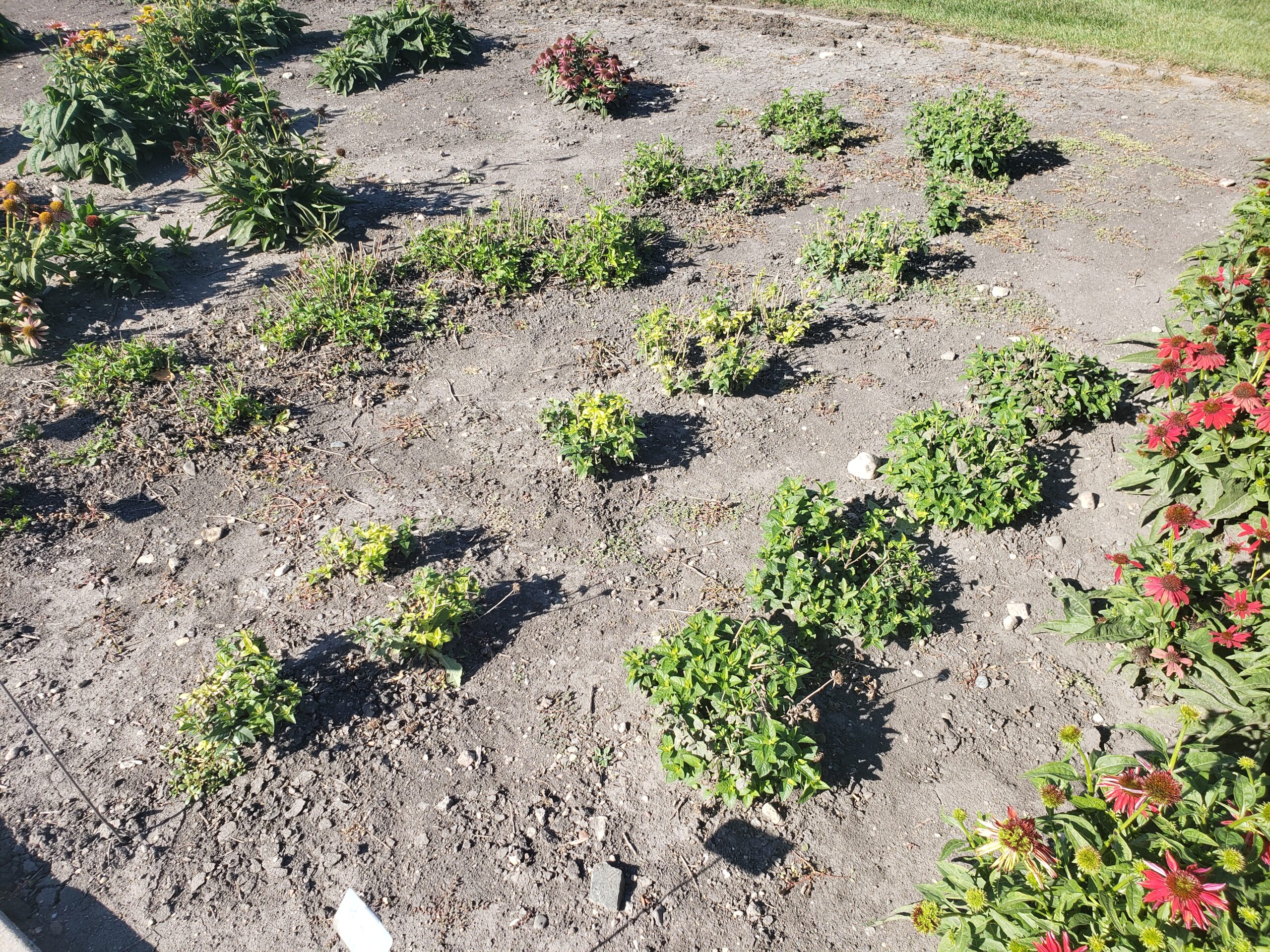In a location where vast fields of corn and soybeans stretch seemingly to the horizon, groundwater, the hidden resource that keeps everything functioning, has recently been rapidly disappearing. A recent investigation by The New York Times revealed that this essential resource that was once boundless could cause dire issues not only for the rural communities it serves but the US as a whole.
A Hidden Crisis
Water is life, and it’s especially crucial for the agricultural communities and economies of the Midwest. The extensive fields of crops in this region rely heavily on the vast reserves of groundwater beneath the surface. However, the myth of an endless water supply is unraveling.
Within the New York Times analysis of groundwater data, it was revealed this depletion is not an isolated event but rather a part of an alarming national trend. The article stated, “Many of the aquifers that supply 90 percent of the nation’s water systems, and which have transformed vast stretches of America into some of the world’s most bountiful farmland, are being severely depleted.”
Minnesota’s Troubling Example
The situation in Minnesota serves as a poignant illustration of this crisis. In 2021, Minnesota experienced one of its worst droughts on record. While many hoped for rain, some farmers took matters into their own hands, cranking up their irrigation wells to save their crops. However, this collective action led to a significant problem: they collectively pumped at least 6.1 billion gallons more groundwater than allowed under state permits. Notably, nearly a third of this overuse was associated with one company, R.D. Offutt Farms.
R.D. Offutt, a major player in the potato farming industry, utilized this excess water to create the perfect potatoes needed for McDonald’s famous French fries. It’s a vivid example of how seemingly unrelated factors, such as the aesthetics of French fries, can lead to skyrocketing water use.
A National Crisis
However, Minnesota’s experience is not an anomaly but part of a broader national crisis. The New York Times data investigation has uncovered that both big cities and industrial farms across the United States are draining aquifers at alarming rates. This practice jeopardizes not only the drinking water supply for millions but also the nation’s status as a leading food exporter.
The consequences of groundwater overuse in Minnesota have been dramatic. Watersheds have dried up, trout streams have warmed, and backyard wells have run dry. In one instance, officials in Warren, Minnesota, had to lower the town’s well pump by 63 feet to ensure access to drinking water for residents, including those in a hospital and nursing home.
The Growing Problem
This escalating problem of groundwater depletion is not confined to one region; it’s a phenomenon marching eastward across the country. Even as Western states, where aquifers are drying up, experience a decline in groundwater use, the trend continues to spread.
Minnesota, in particular, has seen a surge in the number of irrigation permits. In the early 1960s, there were fewer than 50 permits for irrigation wells; by 2022, that number had ballooned to over 7,000. Furthermore, the system for monitoring and regulating water use relies on farmers’ self-reporting, creating potential gaps in oversight.
A Fragile Resource
One of the critical issues with groundwater overuse is that it often targets aquifers like the Pineland Sands Aquifer in Minnesota, which are not only enormous but also delicate. These aquifers can be sensitive, and even small withdrawals can have far-reaching consequences, affecting surface water levels, rivers, and wetlands.
The recent actions taken by the White Earth Nation, a Native American tribe, to assert control over new irrigation wells near their reservation highlight the growing concerns over water use in these regions.
The Looming Crisis
The vanishing US water supply is a crisis that threatens the very foundation of agriculture, communities, and the nation’s food security. As we continue to deplete aquifers and groundwater resources, the risks to future generations become increasingly apparent.
Efforts are being made to address this crisis, including increased fines for excessive water pumping. However, the ultimate solution requires a nationwide commitment to sustainable water management and conservation, ensuring that we leave enough groundwater for generations yet to come.
The question now is whether we can take decisive action to safeguard this precious resource or allow it to vanish into the annals of history, leaving a parched future in its wake.
